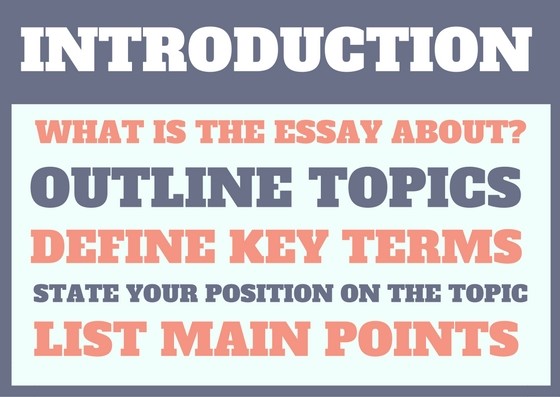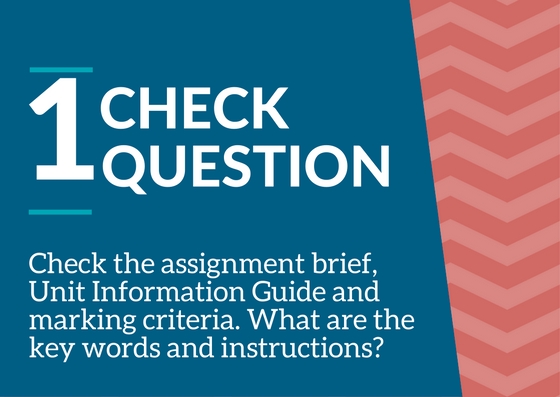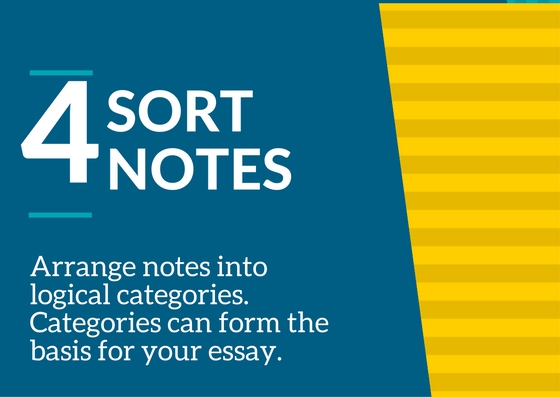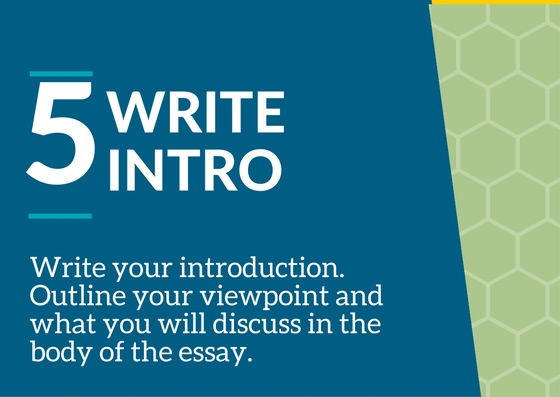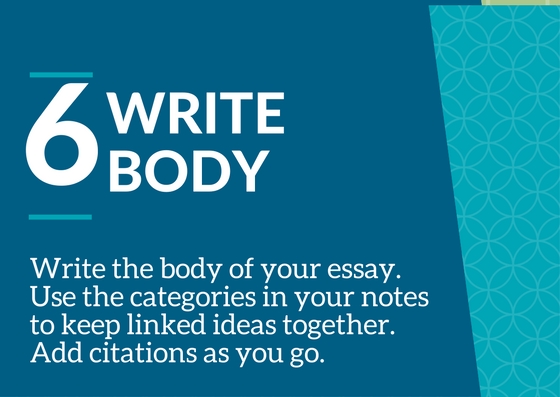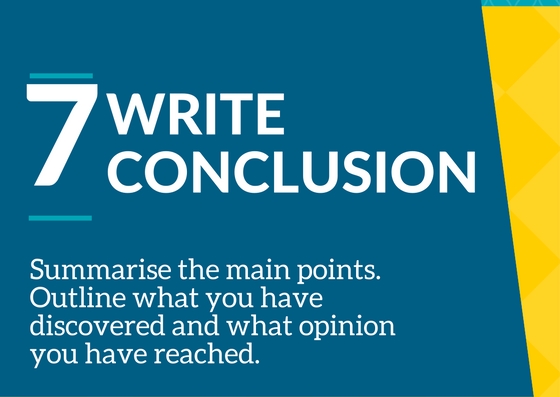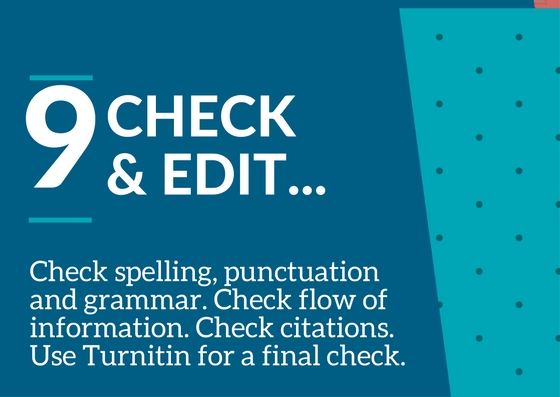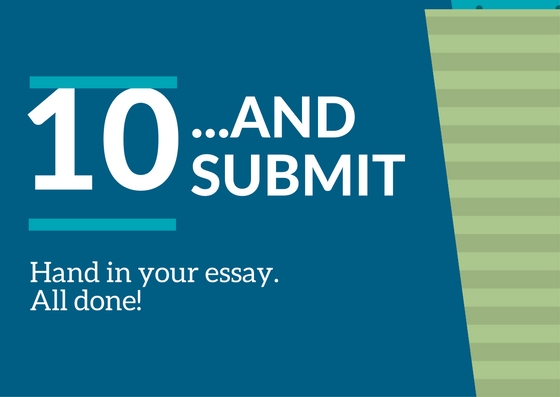The introduction
A good introduction is really important. It is important because a good introduction is like a plan or map of your essay. Your introduction should tell the reader what is going to happen in the essay and what your essay is going to be about. An essay isn’t a mystery or a detective story. It is better to tell the reader explicitly what you are going to be talking about than to leave them guessing. The introduction has three to four main sub-parts.
It gives an orientation to the topic, usually by restating the topic of the question. You should also define any key terms< in the topic. This tells the reader precisely what you mean when you use a term.
It tells the reader your position in relation to the topic. This is often called a thesis statement. For example in an argument type essay, where you are asked to take a side, you should say whether you are for, against or neutral towards the topic. In a discussion type essay you might say what the topic is that you are going to discuss without necessarily taking sides until after you have discussed all the evidence.
Your introduction should then identify and list each of the main points you are going to raise in your discussion in the same order that you are going to raise them in the body of your essay. You should not develop any points or present any arguments or evidence in the introduction. The job of the introduction is to point forward to what is going to happen.
Quick Guide:How to write a good introduction
The body
The body of your essay should take up most of the word count. In the body you take up each main point you have identified in the introduction and develop it in one or more paragraphs. You should develop each main point in the same order as you mentioned it in the introduction. You develop each main point in the same way until you have run out of points. The points you make need to be supported by evidence from the reading and research you have done on the topic. Make sure you cite your sources properly see Student academic integrity: An introduction Quick Guide. Body paragraphs should either connect back to the introduction or connect back to the previous paragraph see Writing paragraphs Quick Guide.
Quick Guide:Student academic integrity Quick Guide:Writing paragraphs
